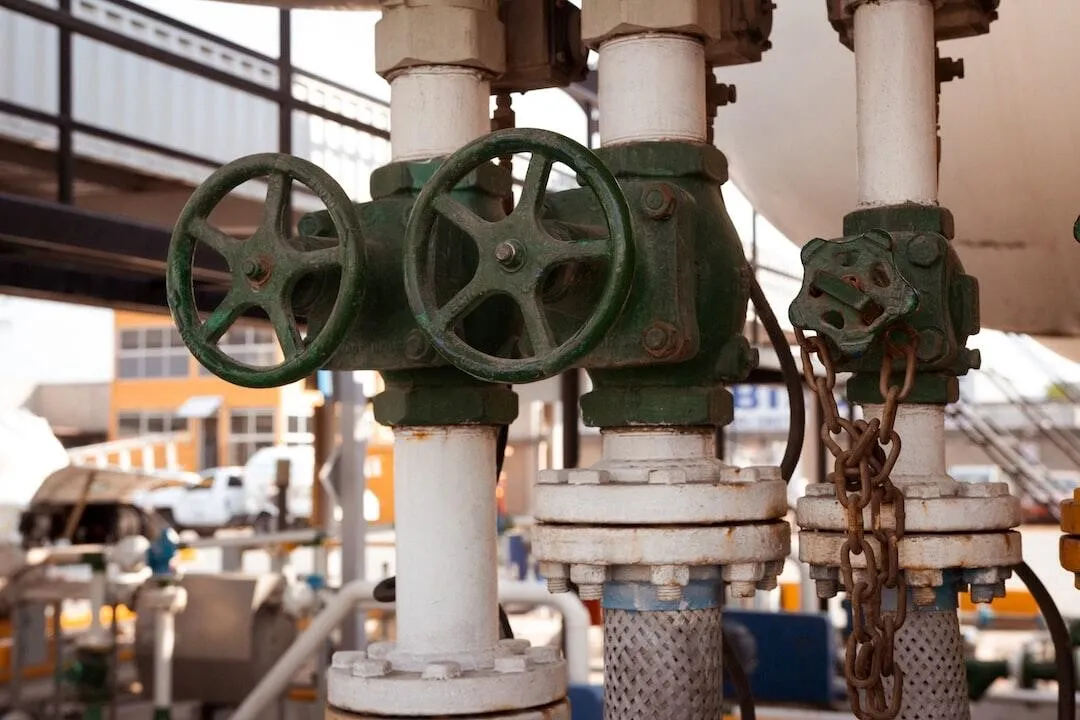Have you ever wondered how the flow of water in your home, or oil in an industrial plant, is controlled so precisely? The answer lies in the incredible variety of different types of valves used across industries.
Valves are the unsung heroes in our daily lives and key sectors, regulating everything from your kitchen tap to massive pipelines. This article will explore the versatility and advantages of different kinds of valves revealing their critical roles and how they keep our world running smoothly.
Gate Valves
Gate valves are a type of valve commonly used to open and close the flow of liquid in a system. They work by lifting a gate out of the path of the fluid. These valves are particularly useful in applications requiring the complete stoppage or allowance of flow.
One key advantage of gate valves is their minimal pressure drop when fully open. This makes them ideal for applications where the flow rate needs to be maintained consistently.
Ball Valves
Ball valves are used to control the flow of liquid or gas by using a rotary ball with a hole in the middle. When the valve is open, the hole lines up with the flow, allowing materials to pass through. When closed, the ball blocks the flow, stopping the movement of the liquid or gas.
This type of valve is known for its durability and reliability, making it a good choice for many industrial applications. Ball valves are also quick to open and close, which helps in situations where controlling the flow speed is critical.
Butterfly Valves
Butterfly valves control the flow of fluid using a disk that rotates. The disk is in the middle of a pipe and turns to either allow fluid to pass through or to stop it. These valves are used in a variety of situations, from simple home plumbing to complex industrial systems.
One advantage of butterfly valves is their compact size compared to other types of valves, which makes them easy to install and maintain. They also require less force to operate, making them efficient for controlling large flows of liquid or gas.
Check Valves
Check valves are designed to allow fluid to flow through them in one direction only. They are commonly used to prevent the backflow of liquid or gas, which could damage equipment or disrupt processes. These valves operate automatically, opening with forward flow and closing against reverse flow.
The simplicity of check valves makes them an essential component in a variety of applications, from household water systems to industrial pipelines. They require minimal maintenance because they have few moving parts, making them a reliable choice for ensuring flow directionality in a system. If ensuring purity and preventing cross-contamination are top priorities, consider the best process valves available from the best valve distributors!
Embrace the Diversity of Different Types of Valves!
Every one of the different types of valves we talked about has its special job in making systems work well. Whether it’s for controlling water in your home or managing big industrial processes, valves are key.
Knowing different valve types to use can save time and keep things running smoothly. It’s amazing how these small parts play such a big role in our daily lives and the industries around us. Remember, picking the right valve matters a lot!
Did you find the information in this article helpful? If so, be sure to check out our blog for more valuable resources.

Jasper Bruxner is a passionate and versatile blogger with a keen eye for trends and a knack for crafting engaging content. As the founder of WendyWaldman, he has established himself as a trusted resource in a diverse range of niches, including food, tech, health, travel, business, lifestyle, and news. He tends to share the latest tech news, trends, and updates with the community built around Wendywaldman. His expertise and engaging writing style have attracted a loyal following, making him a respected voice in the online community.




